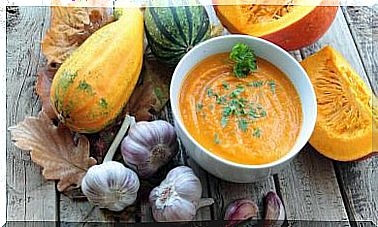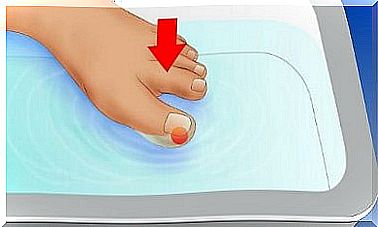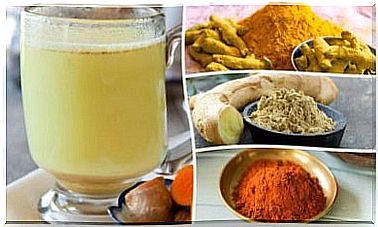4 Tips For Disinfecting Kitchen Rags
Not only the disinfection of kitchen rags is important. You should also use different cleaning rags for the different surfaces and areas. This will prevent any germs from being transmitted. You should also rinse your kitchen cloths well before drying.
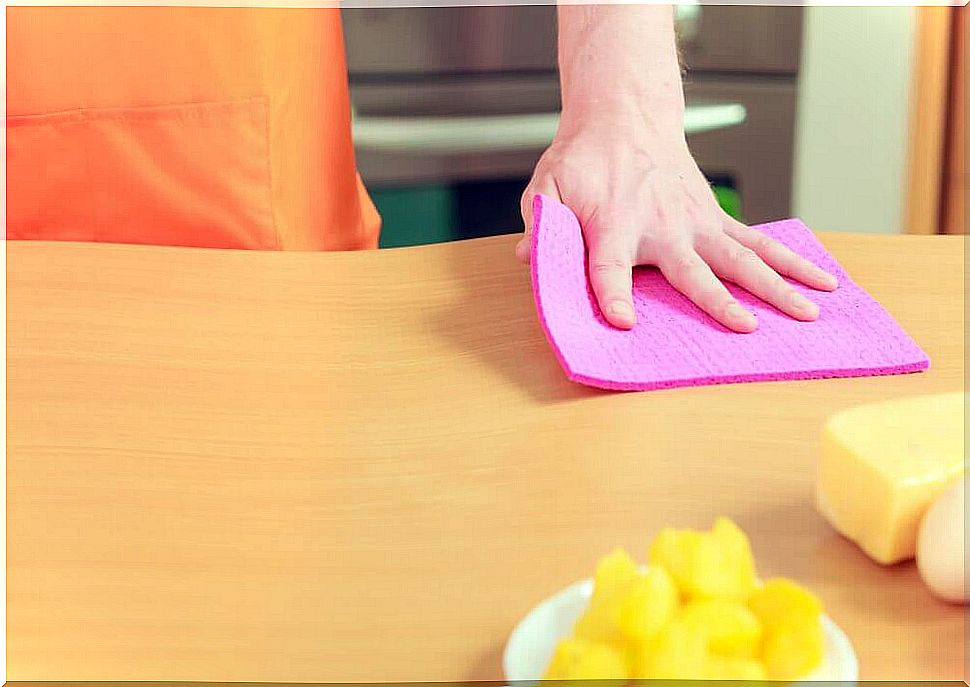
No, the object that you probably use the most in the kitchen is not the pan or the microwave. It’s the kitchen cloth!
Of course there are many variants of it: The cleaning cloths can be made of cotton, synthetic fiber or microfiber, for example. But no matter what material the kitchen cloths are made of: They all get dirty in the same way.
Cleaning these wipes effectively can be tricky. Because it often happens that, despite all efforts, they still smell very bad.
In addition, you are of course also concerned about the health of your family. Because numerous bacteria and microbes accumulate in kitchen cloths.
But don’t panic: In this article you will find practical tips for the correct disinfection of your kitchen cloths!
Great tips for disinfecting kitchen rags
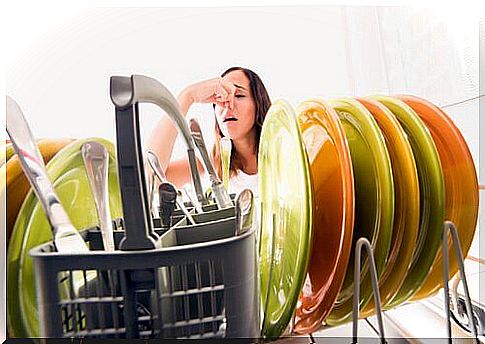
You will see: With these tips, mold, moisture, germs, bacteria and microbes will disappear as quickly as they appeared! Because here we are attacking the root of the problem. And the results can be seen almost immediately.
Just try it out and be surprised!
1. Ammonia water
Ammonia water (or ammonia spirit) can be of great help with numerous household tasks. In this case, put all of the kitchen cloths in a bowl with a little water and add a few drops of ammonia water.
Then you just let it sit for a couple of hours. The cloths soak through and the dirt loosens.
- Then you take the kitchen cloths out again and put them in the washing machine. You should do a separate wash only with these cleaning cloths. It is also better not to use fabric softener.
2. Dishwasher
Most people wash their kitchen towels in the washing machine. Another option is to use the dishwasher for this. However, you have to set a high temperature when doing this.
You can also thoroughly clean and disinfect your mopping cloths. All you have to do is make sure that the rags are correctly positioned in the dishwasher.
- Try to place them in such a way that they do n’t get caught in the dishwasher’s rails, spirals, etc., or block the water supply.
3. Boil
Boiling water is very effective in removing dirt and, above all, grease that may be in the kitchen cloth. In fact, it’s one of the most common ways to sanitize cleaning wipes.
- To do this, you simply bring water to a boil in a saucepan. Then you pour this into a heat-resistant container.
- Now put the cloths in this container along with a little washing-up liquid and some bleach. Let everything soak well for a few hours, until the water is cold.
- Then rinse thoroughly with water and then leave to dry outside. Or you can use the tumble dryer for this.
4. Vinegar

Vinegar is highly recommended for eliminating bad smells. It also acts as a natural disinfectant at the same time. Vinegar can be quite aggressive in killing bacteria. But don’t worry, it won’t damage your kitchen cloths.
- As in the previous tip, you can also use a bowl of hot water here. Then put in the cloths, add plenty of vinegar and leave for a few hours.
- Then rinse with water and allow to air dry.
Practical tips for your kitchen rag
It is not only important to clean the rags well. There are also a few other handy tips on how to use them properly.
So here are a few more pieces of advice to keep in mind when entering your kitchen:
- Very important: don’t use the same rag for everything. It is ideal to have different cleaning cloths for the different areas of the kitchen: For example, one for cutting boards for fish and another for those on which you cut meat. Again, you should use another one for cleaning the countertops. And another one for drying hands etc.
- You should also not dry your hands immediately after cutting raw food: First of all, always wash your hands!
- Of course, you can use a kitchen cloth to clean work surfaces whenever you need to. But then you should rinse it out well with water. Because it should not collect any dirt, otherwise it will quickly become one of the dreaded germs.
- At the end of the kitchen work, you shouldn’t leave the mopping cloths crumpled up somewhere. Instead, it is advisable to spread them out or hang them up. That way they dry better.
- When washing the cleaning cloths in the washing machine, you should definitely set a temperature above 60ºC. Because then they will be really clean.
- Use the sunlight. The sun can actually help you remove the toughest and most stubborn stains. Place the kitchen cloths in the sun, preferably in direct sunlight. Fruit or vegetable stains disappear in an almost magical way.
The difference between cleaning and disinfecting
When it comes to cleanliness, “cleaning” and “disinfecting” are not the same thing. Here we explain the differences to you:
- For cleaning or cleaning, you will need soap and water to remove dirt and some germs. But not all germs that are on the work surface or the product are removed.
- Stronger cleaning agents are required to disinfect. Because these are able to eliminate almost all existing microbes, bacteria and germs.
In general, a kitchen can be kept in an adequate hygienic condition with the normal daily cleaning. That is, it is reasonably clean and suitable for meal preparation.
Nevertheless, it is advisable to disinfect work surfaces, kitchen rags and cutting boards with stronger products from time to time. Because in this way you prevent a possible disease caused by germs.
You see, there are quite a few methods of cleaning kitchen cloths, so what are you waiting for? Just try them out!
